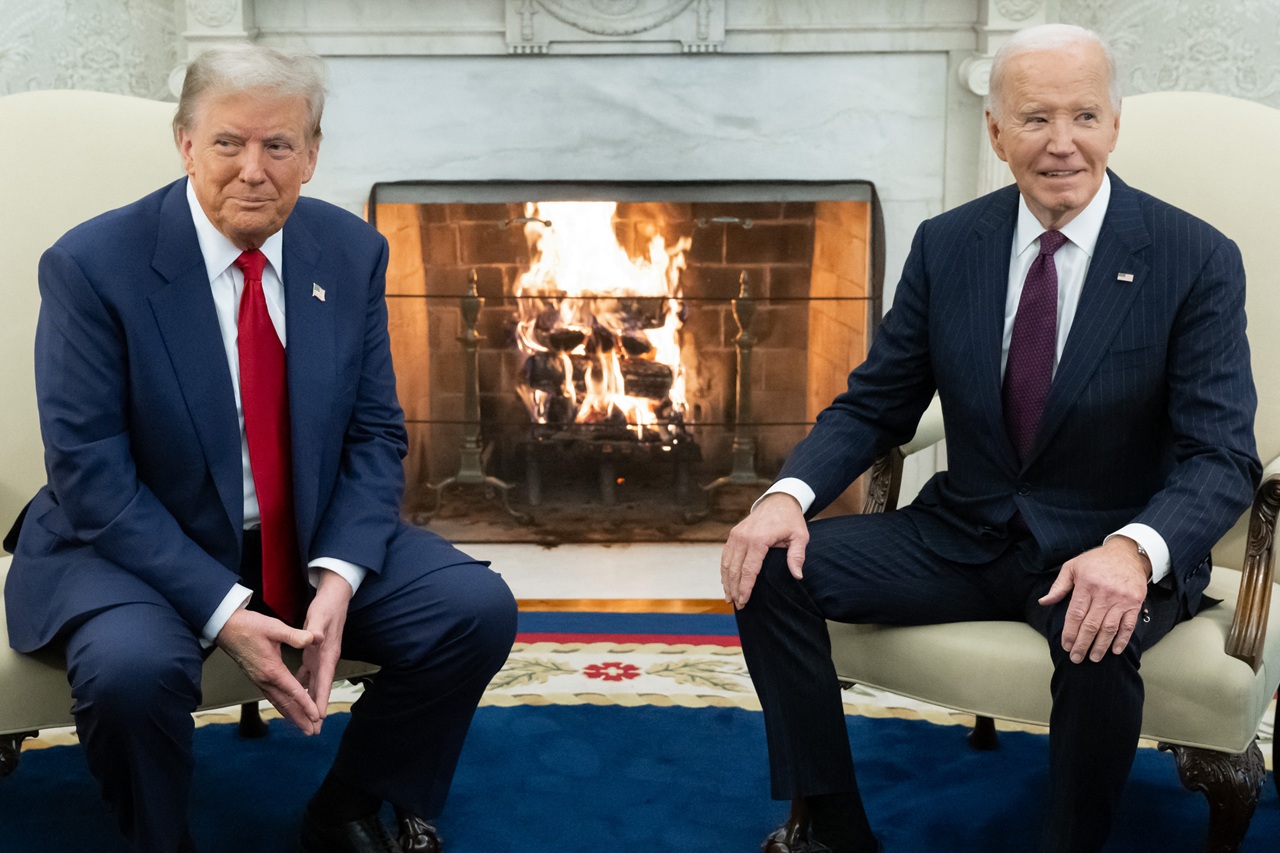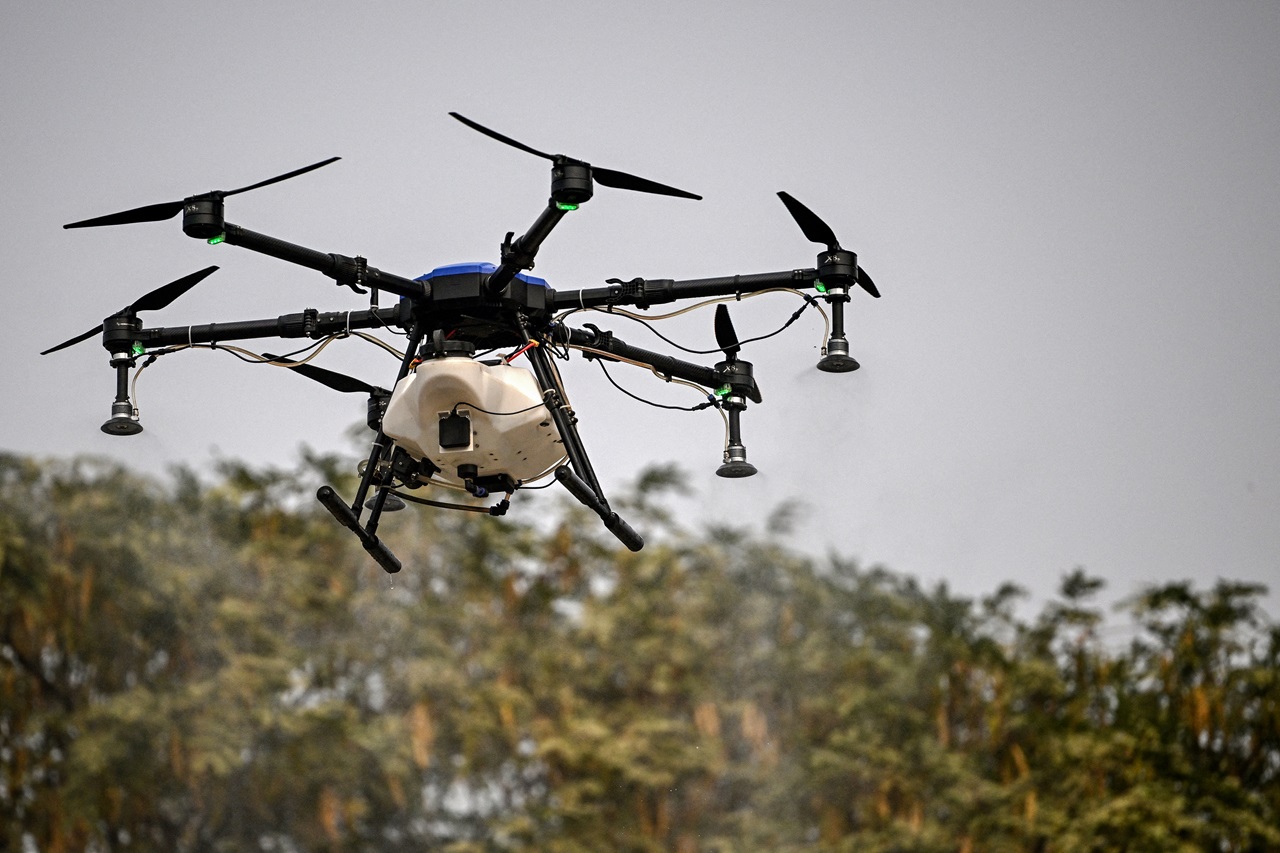
Permanent residents, US citizens of Iranian descent questioned at US-Canada border
Though most reports appeared to be isolated to a border checkpoint in Blaine, WA, civil rights leaders are concerned about how the U.S.-Iran conflict will…
Reports indicate that more than 60 Iranian-American citizens and legal residents were detained, some for up to 10 hours, at the U.S.-Canadian border this past weekend.
Customs and Border Control (CBP) has denied that any special directives were issued mandating secondary screening for citizens and permanent residents of Iranian descent.
However, according to The New York Times and reports on social media, U.S. citizens and permanent residents described being held for several hours on Saturday and questioned about their family, travel history, military training, and more at the Peace Arch Border Crossing in Blaine, WA.
I spoke to the cousin of an Iranian-American family who were returning to their home in Seattle from Canada. Told me they were held and questioned for 4 hours at the border. Husband and wife, their two sons, daughter in law, and 7 year old grandchild.
— Negar Mortazavi (@NegarMortazavi) January 6, 2020
AMERICAN CITIZENS
Masih Fouladi, executive director of the Council on American-Islamic Relations (CAIR), told the Times that one person CAIR spoke with said that a CBP agent at the border crossing told them that, “This is a bad time to be an Iranian.”
Following the U.S. missile strike killing on Jan. 3 of Iranian Major General Qassem Soleimani, leader of the Quds Force of the Islamic Revolutionary Guard Forces, Iran’s leaders, including Supreme Leader Ayatollah Ali Khameini and President Hassan Rouhani, vowed retaliation.
RELATED CONTENT
As the country braces for a response from Iran, and while the Department of Homeland Security has designated that the country represents a national security threat with an update to the National Terrorism Advisory System, civil rights leaders in the United States are concerned about the fallout for U.S. citizens and permanent residents who are of Iranian descent.
There were no other major reports of patterns of Iranian-Americans in other parts of the country being held, although academic and historian John Ghazvinian, historian of U.S.-Iran relations and the interim director of the Middle East Center at the University of Pennsylvania, shared on Twitter that he had been detained and questioned upon entry to the United States at New York City’s JFK airport about his views on Iran.
Well, just landed at JFK and — no surprise — got taken to the special side room and got asked (among other things) how I feel about the situation with Iran. I wanted to be like: my book comes out in September, preorder now on amazon
— John Ghazvinian (@JohnGhazvinian) January 5, 2020
Outside of Iran, the U.S. has the largest population of Iranian immigrants and people of Iranian descent, estimated by many to number over 1 million. Many came to the U.S. following the Iranian Revolution in 1979, which led to the overthrow of the monarch, the Shah Mohammad Reza Pahlavi, and resulted in the establishment of the current regime.
An estimated 500,000 Iranian-Americans live in Southern California, many of them concentrated in Los Angeles. Some expressed relief at the killing of Soleimani, according to The Los Angeles Times, in addition to concern at what might happen in the event of continued escalation.
According to The Guardian, some in the community are also afraid that the ongoing crisis with Iran will further complicate any ongoing immigration battles, and prolong indefinite separations from family members that have been imposed by the Trump Administration's 2017 travel ban.











LEAVE A COMMENT:
Join the discussion! Leave a comment.